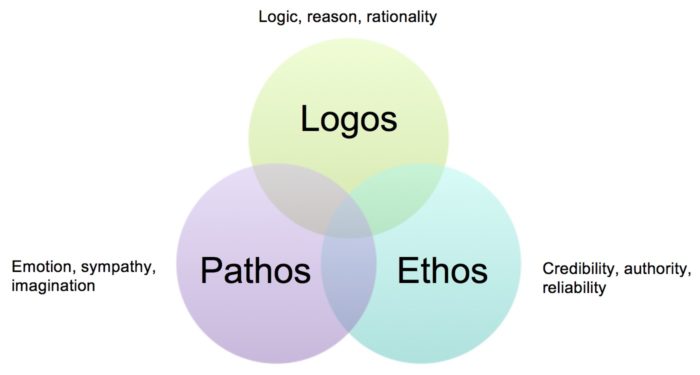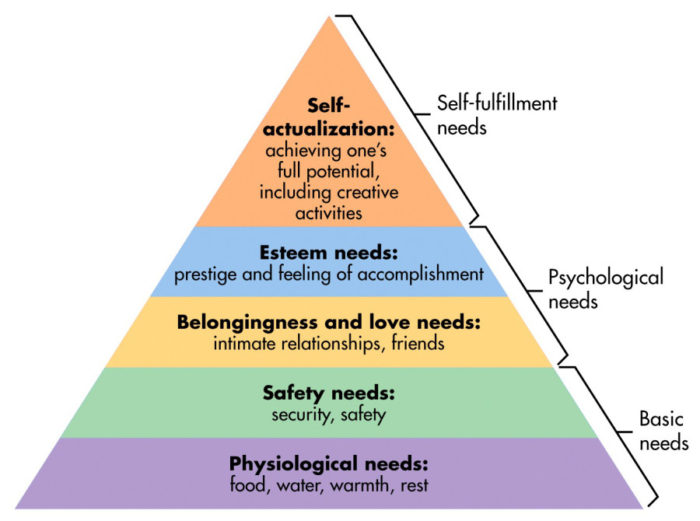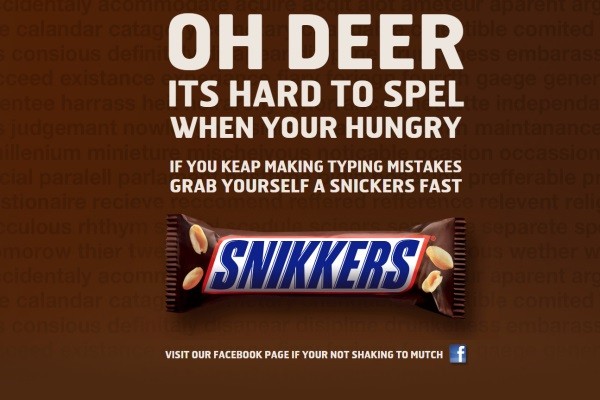As a marketer, how do we play with all these emotions to lead internet users to the act of purchase? How can a company use emotions to spark desire, happiness, surprise, curiosity, and also sadness, fear or anger, and make a kind of “retained” image of its brand? Emotional marketing could be a powerful leverage to improve sales and branding. That’s why many companies are already using it intentionally or otherwise.
In this first article from our blog series “Emotional Marketing in the time of AI and Programmatic”, let’s see which emotions can impact a consumer and how? Then in the following articles, we’ll see why AI, Big Data, programmatic and other software can be powerful tools to identify and create emotions in the internet consumers, and what could be the future for this user-centric marketing.
The internet gives us immense choices: what to watch, to listen, to play, to know, to learn, at the snap of our fingertips. Research shows that an average adult makes about 35,000 choices per day, and here in France, we spend around 4h48min per day on the Internet. Could it mean that we’re making a lot of choices on the Internet whether we know it or not? What we do know for sure is, most of these choices are made by our emotions, it all boils down to a matter of feelings and mood.
Aristotle and the Trilogy of Persuasion
In the time of Ancient Greece where the political scenario is in plain democracy, one has the right to speak and convince his peers through debate. However, this created scenarios in which untrained citizens monopolized the debates while worthy opponants have not always managed to appeal to his audience. Aristotle realised the importance of effective and persuasive speaking and writing. Thus, centuries before marketing even took its present form, the great philosopher presented in his work, the Art of the Rhetoric the 3 modes of persuasion, namely logos, pathos and ethos. In logos, we find the words, logic and the reason in our argumentation, it uses facts and figures to support the presentation. Pathos represents emotions and psychology, the communicator needs to create a natural appeal to his audience, he needs to understand the feelings, pain and concerns of his listeners and finally, ethos represents credibility and the perceived character of the communicator, which weighs heavily on how his audience will receive him. Today in this present marketplace full of competiting brands and ideas, we stand to benefit from this technique to augment our craft in marketing.

Maslow’s Hierarchy of Needs
Next, we can move on to identify what triggers needs in consumers. Let’s have a look at this theory called Hierarchy of Needs by Abraham Maslow, a specialist in human behaviourial psychology which explains that we human beings are motivated by a hierarchy of needs, often visualised as a pyramid split into 5 categories, with the most basic need at the bottom hierarchy, organized in a hierarchy of prepotency. Each need must be fulfilled before moving on, the order of needs is not rigid but flexible depending on the circumstances a person is met with at the present moment. To put it simply, unless we have satisfied the fundamental basic human needs, we will not strive to meet any further desires, and as each requirement is fulfilled we move up the hierarchy. For example, a man who has a prestigious career, great family life and background will not have the time and energy to consider his self-actualized stage when he is struck with extreme hunger, a basic human need, if this need is not met. Likewise, for someone who lives in constant danger, all the money in the world will not mesmerize him if his need for safety is not met.

Below, we assembled some examples of advertisements that use need-based appeal and we can observe what kind of emotions are being used to set the tone for the concept.
Physiological needs
At this level, the emotions emitted are very basic and primary, for example satisfaction, anger, relieve. In the advertisement below, we see the advertiser Snickers uses the emotion of frustration to highlight what hunger and need for food can do to the consumers.

Safety needs
Insurance companies often uses ‘fear’ or a feeling of ‘too late’ as their campaign theme to appeal for the need for safety and security. Fear is a powerful emotion often used in advertising to compel people to action.

Belongingness and love needs
The need for love is an essential part of human relationship, here we see an advertisement for a dating website that pushes their audience to take action to find love instead of waiting for it, creating an emotional call for happiness, appealing to the need for intimacy and belongingness.

Esteem needs
An advertisement promoting love and acceptance for LGBT caters to the need for equal respect for this community, using positivity and a feel-good factor as an emotional appeal to its audience.

Self-actualization needs
Motivation, hope, creativity, possibilities are some common themes recurring in this hierarchy.

An advertising campaign by job searching website Monster.com capitalizes on the desire for professionals to reach their highest career potential, catering to the need for self-actualization, the highest tier in the hierarchy of needs.

Watch the video here: https://www.youtube.com/watch?v=A9pmgoETgQQ
An exceptional sport brand who truly understands how to relate to its consumers, Nike is reknowned for its years of inspirational advertising. With this campaign “Find Your Greatness”, they make the consumer feel like they are going to be bettering themselves, and trigger them to feel motivated and inspired to take the next steps towards their own potential.
To conclude
In conclusion, we see how we as marketers can use both theories to differentiate our brands and appeal to our target audience. If we already know the wants and needs of our audience through Maslow’s Hierarchy of Needs, then masterfully manipulating the 3 Modes of Persuasion with varying degrees will switch the audience to our direction, an overwise increasingly difficult task in this competitive landscape.
Source
https://www.forbes.com/sites/bernardmarr/2018/05/21/how-much-data-do-we-create-every-day-the-mind-blowing-stats-everyone-should-read/#7197c18e60ba
https://wearesocial.com/blog/2018/01/global-digital-report-2018
https://en.wikipedia.org/wiki/Modes_of_persuasion
https://www.simplypsychology.org/maslow.html

